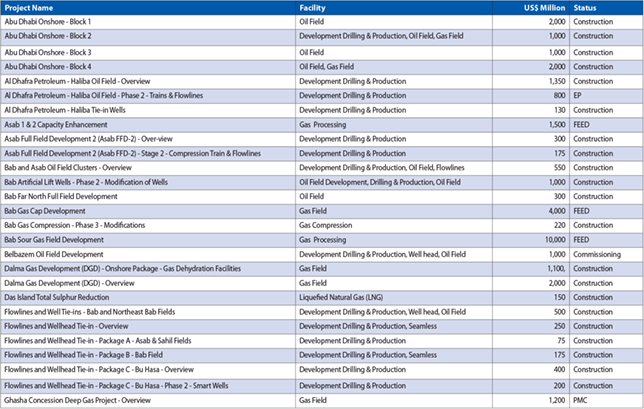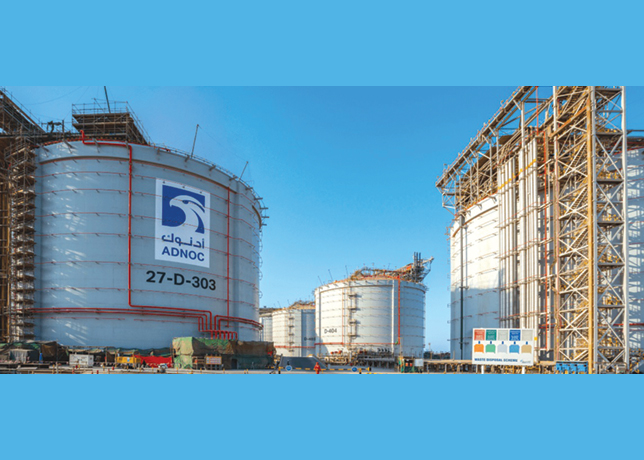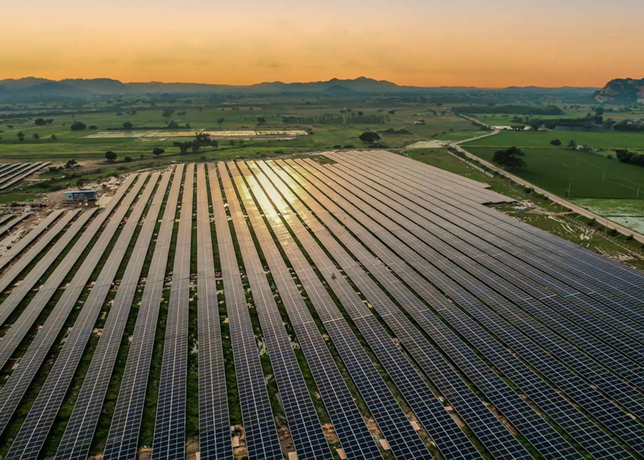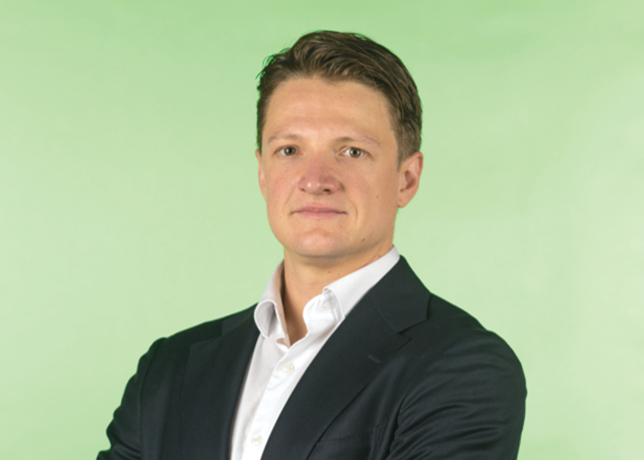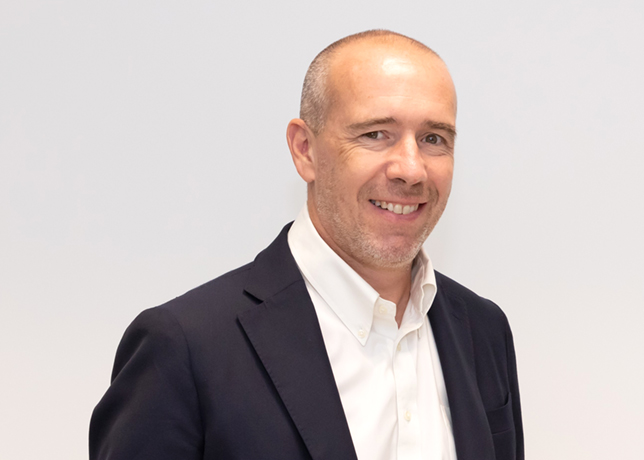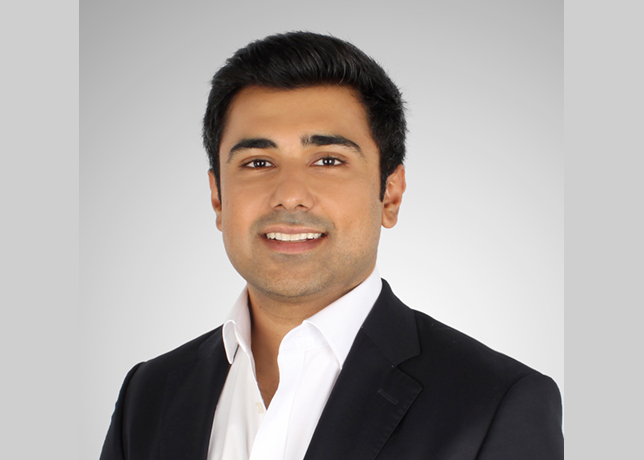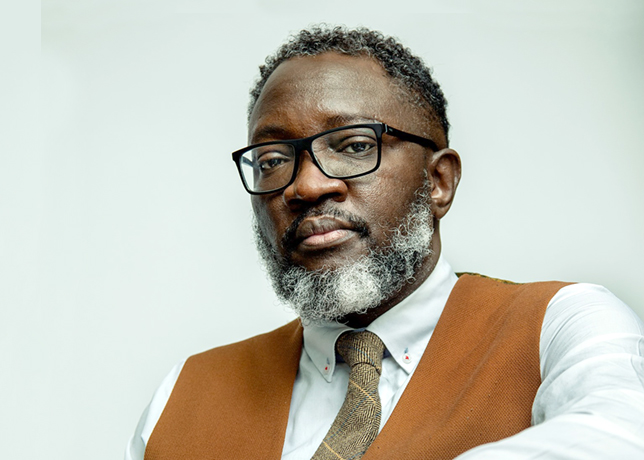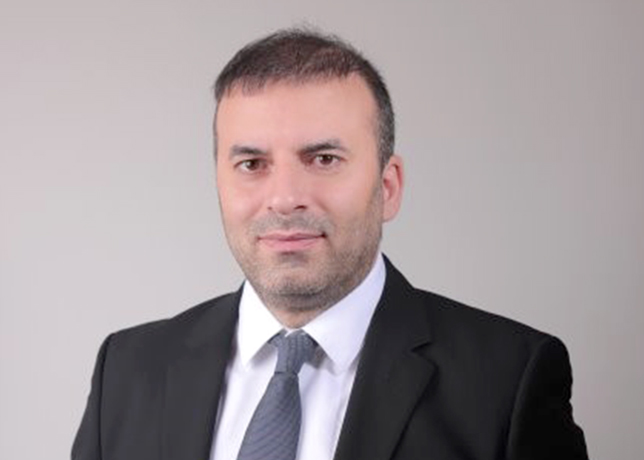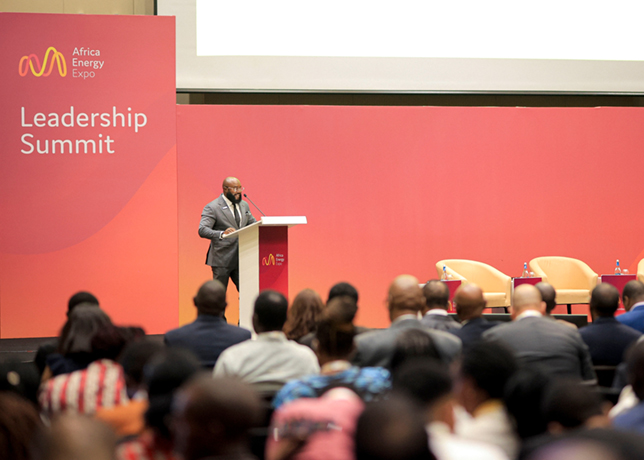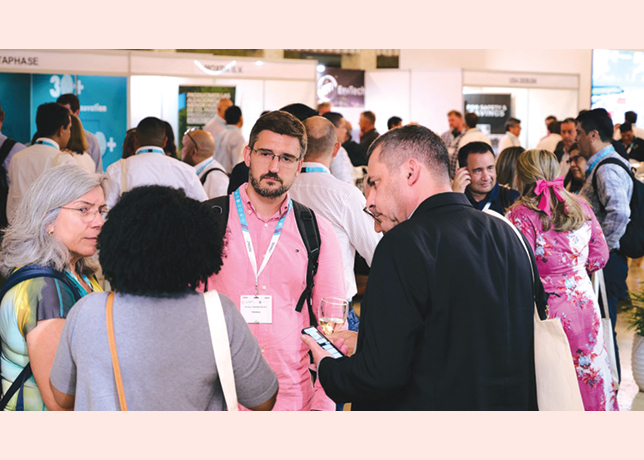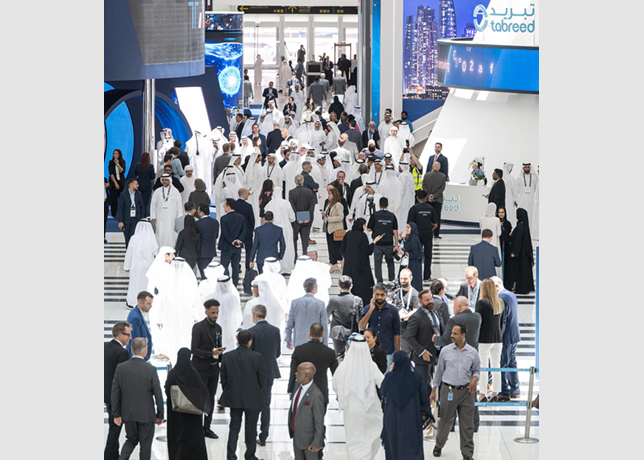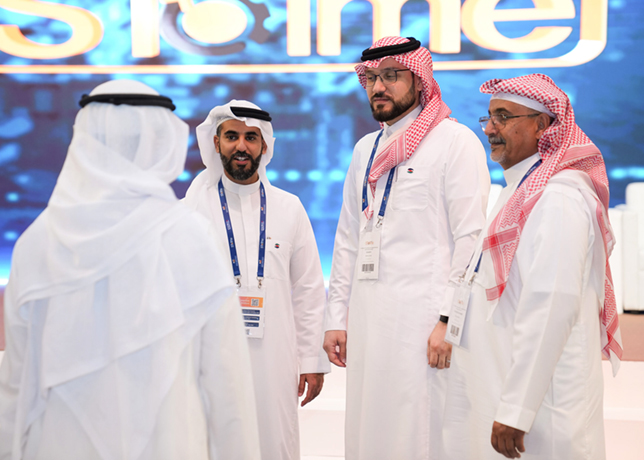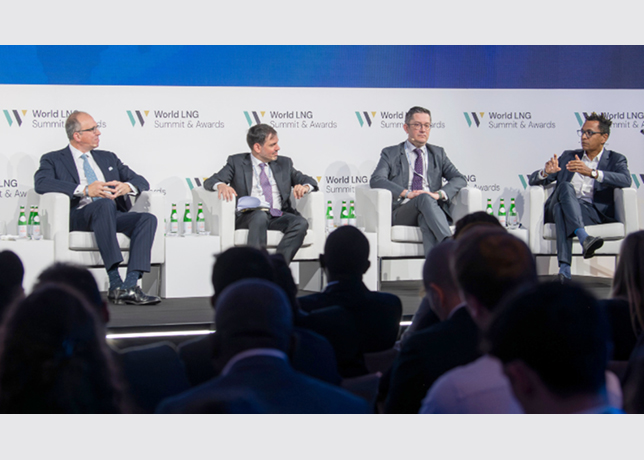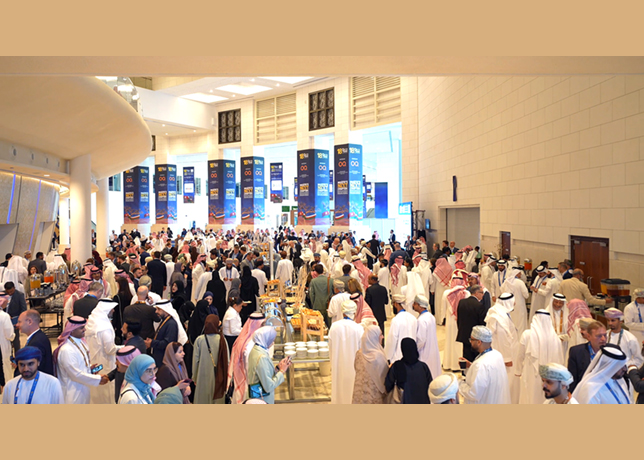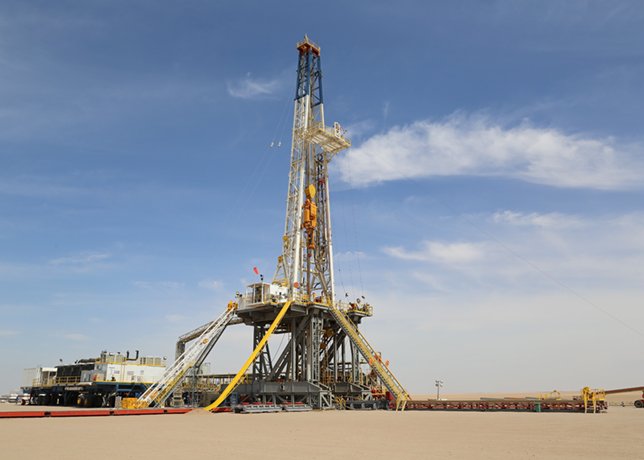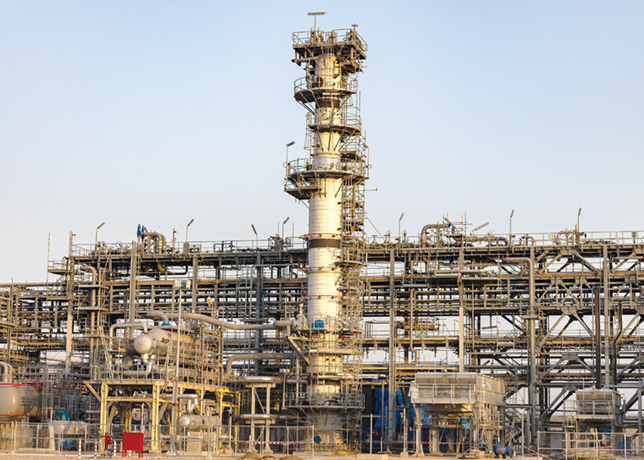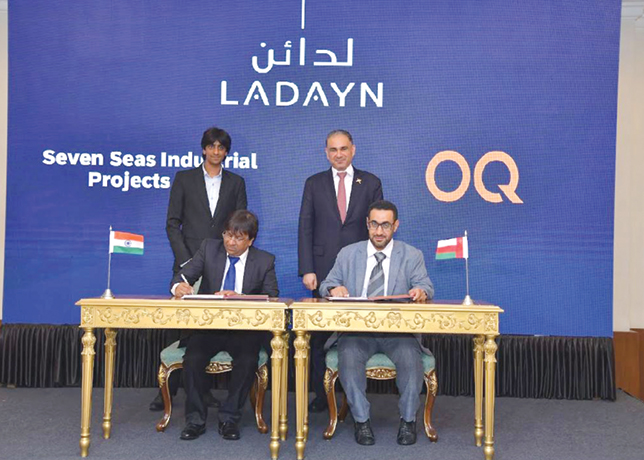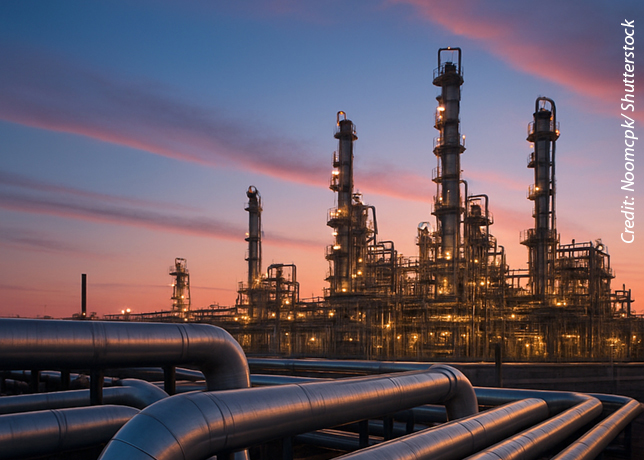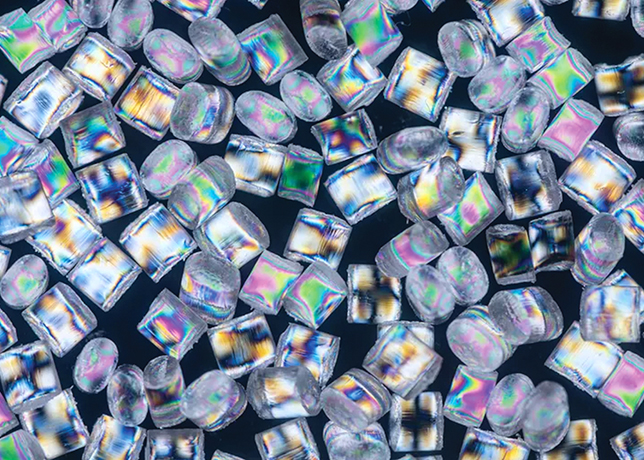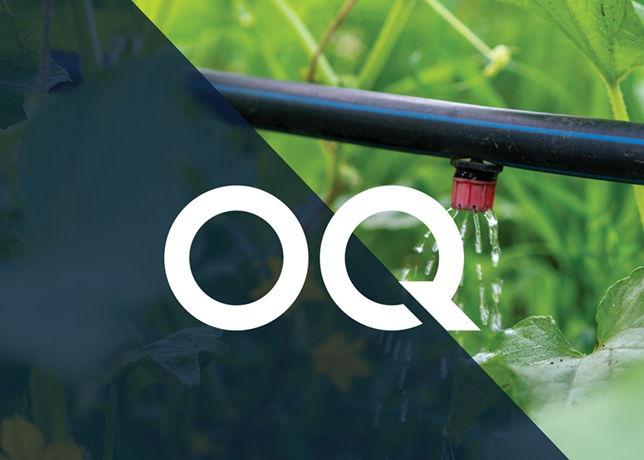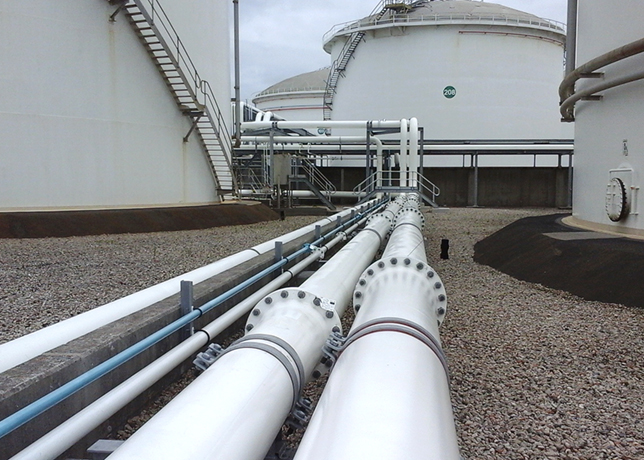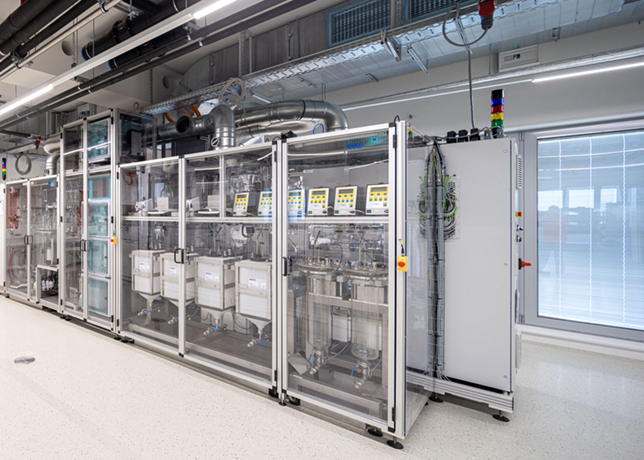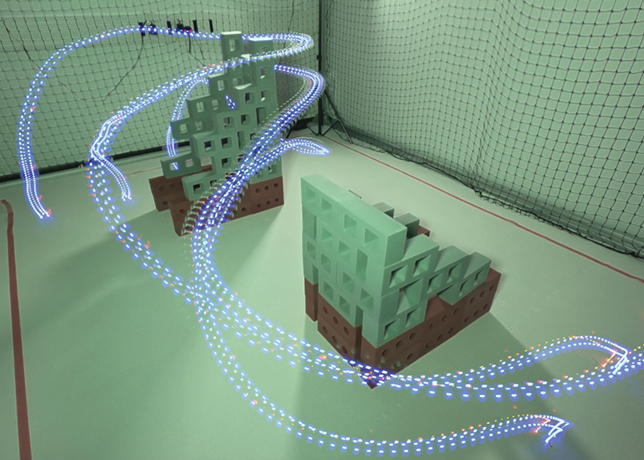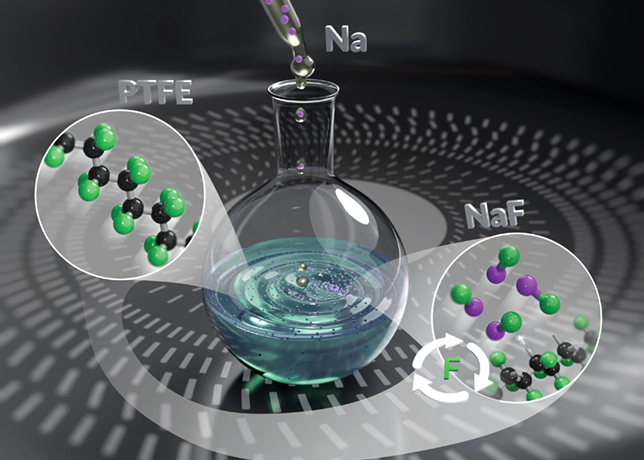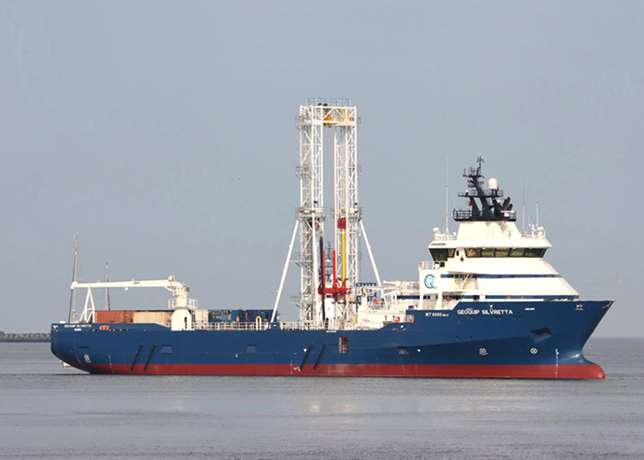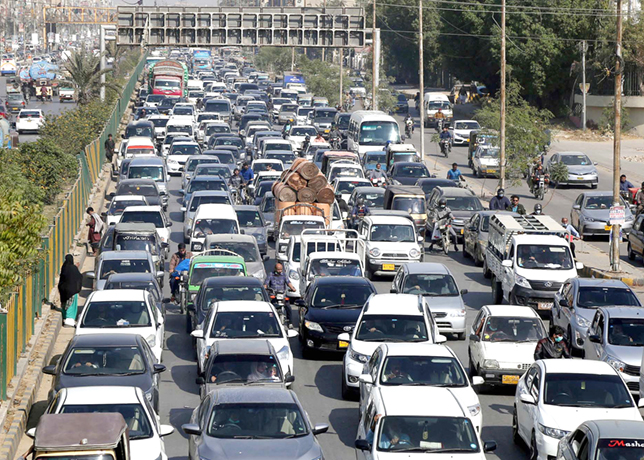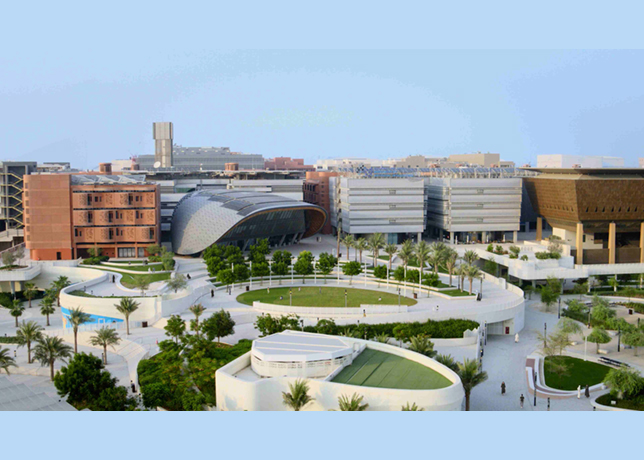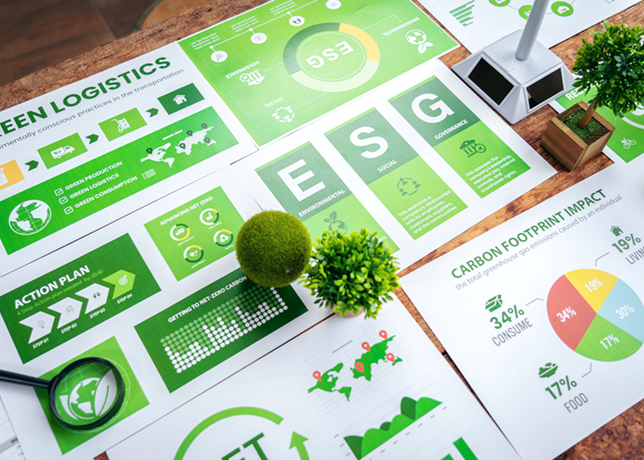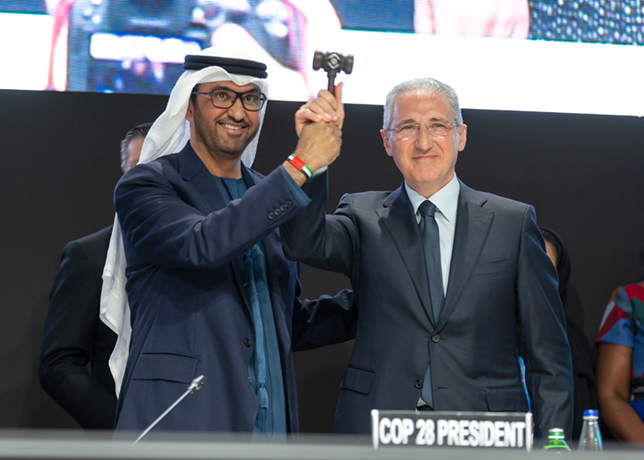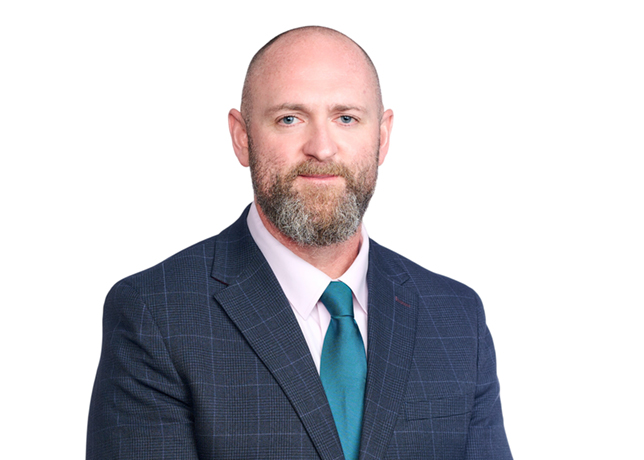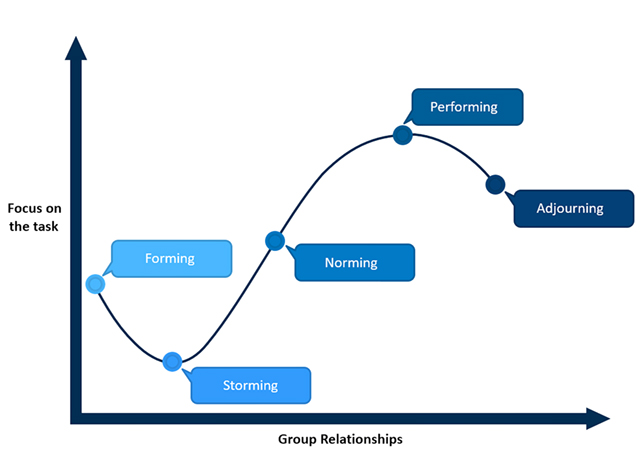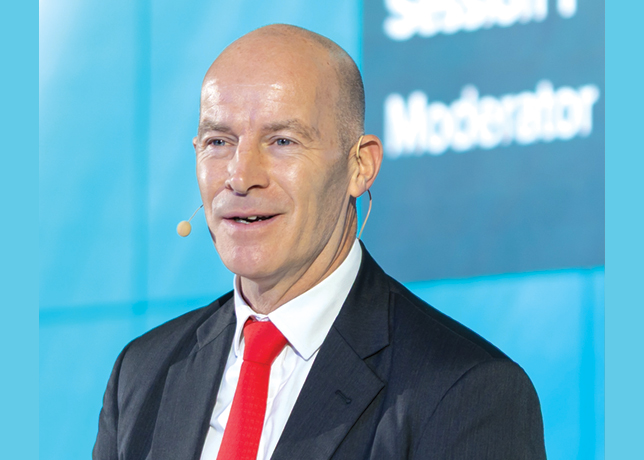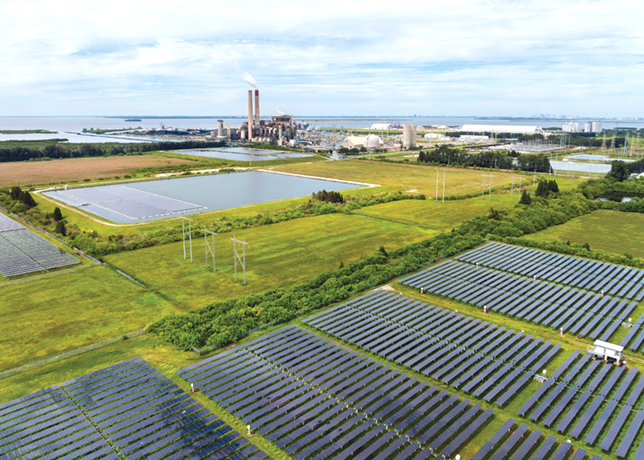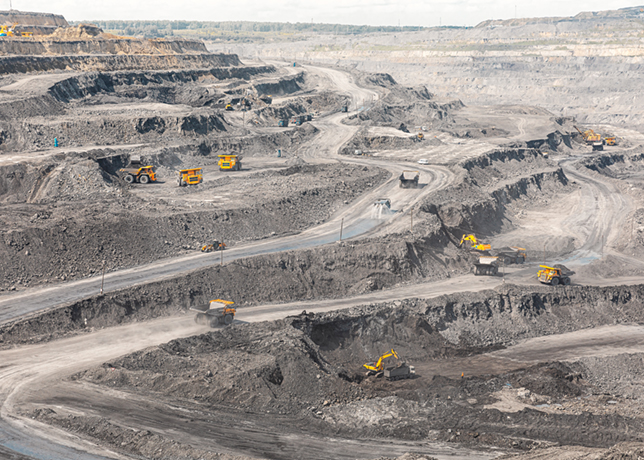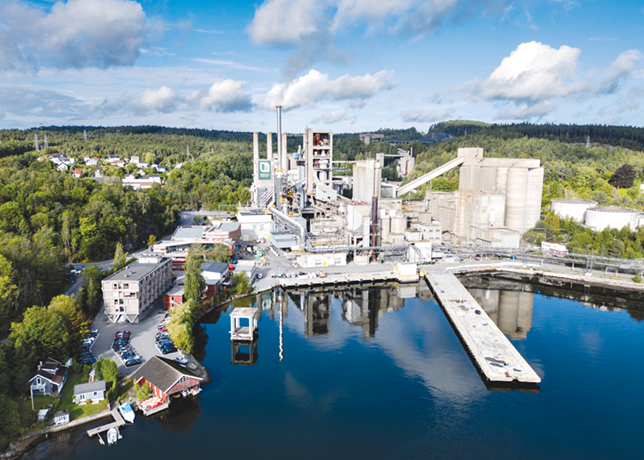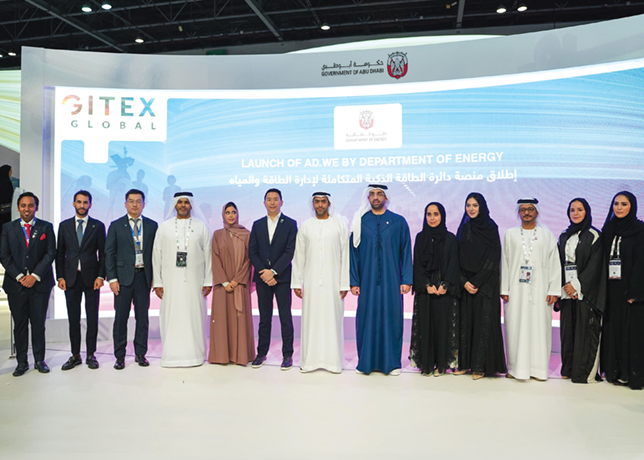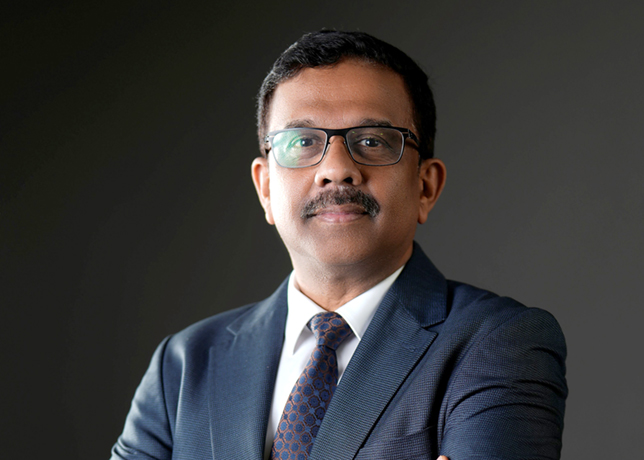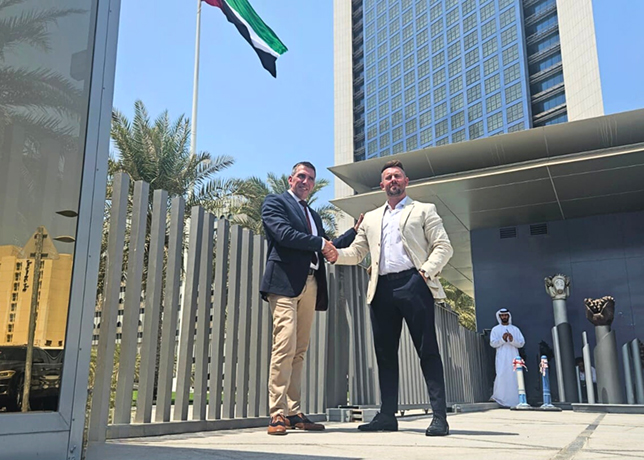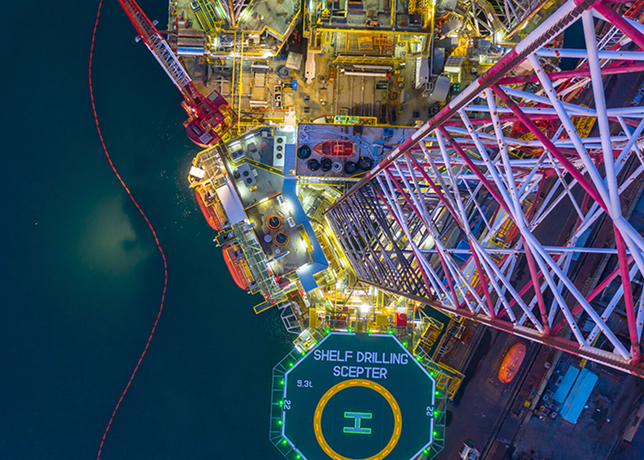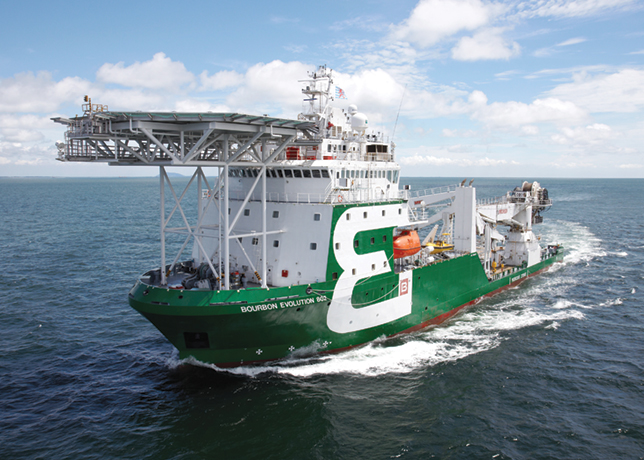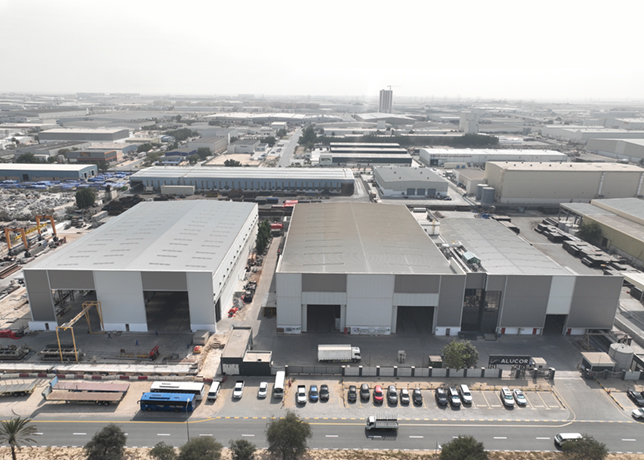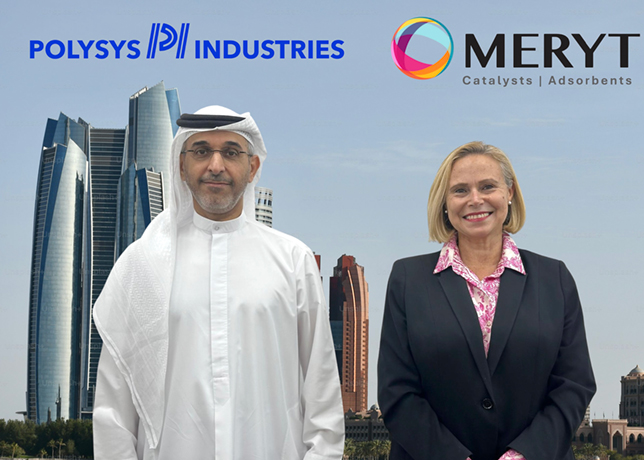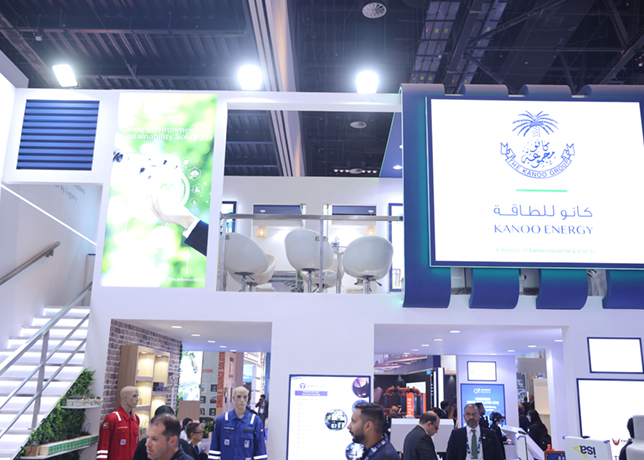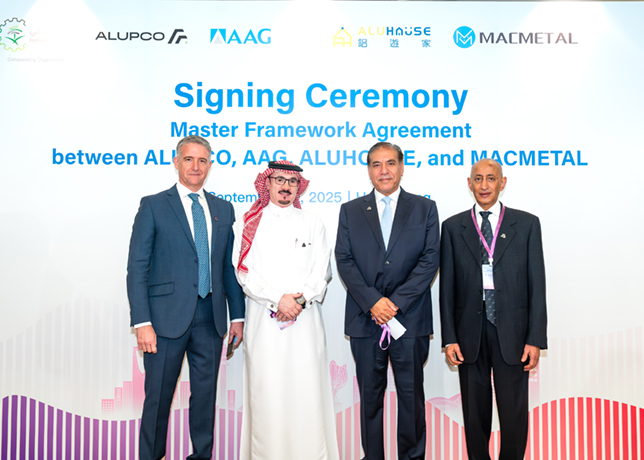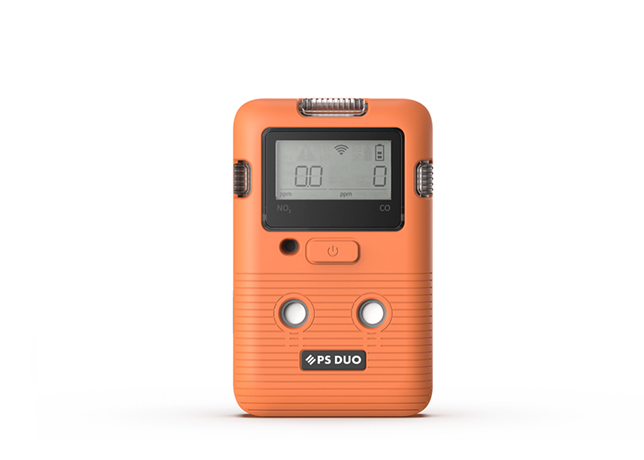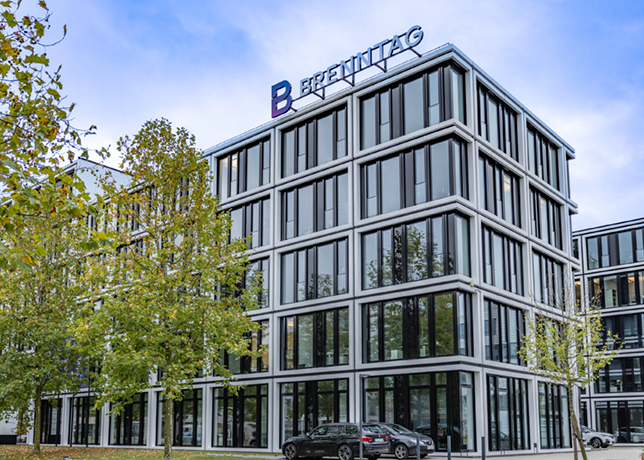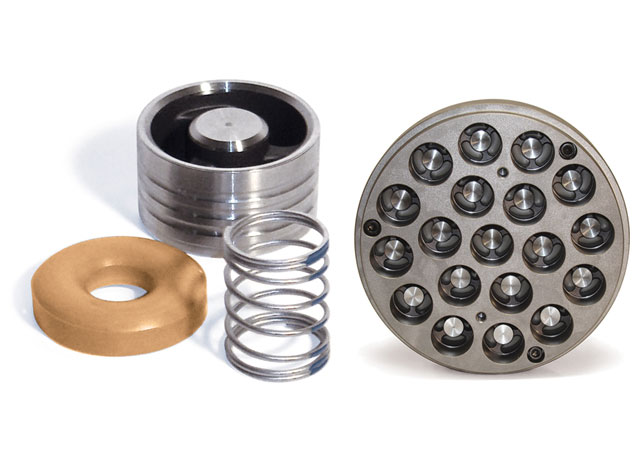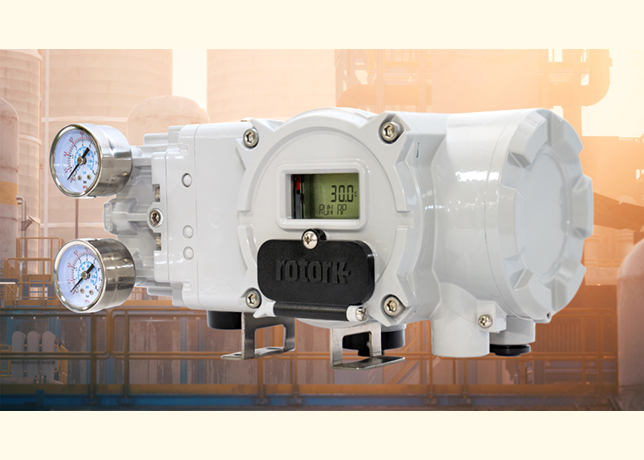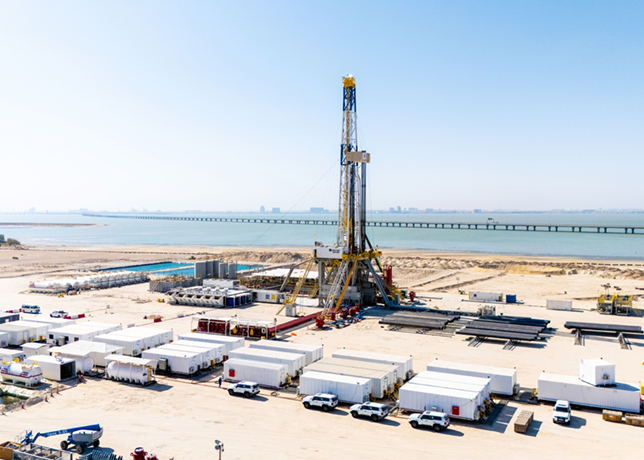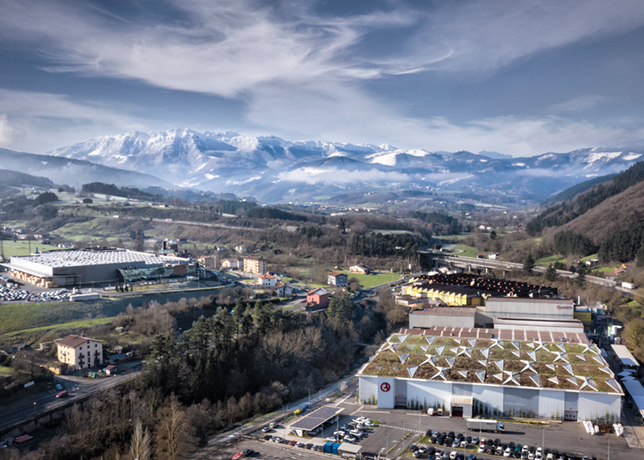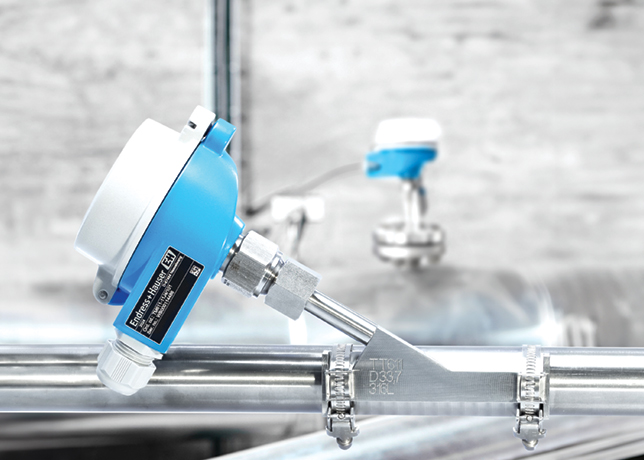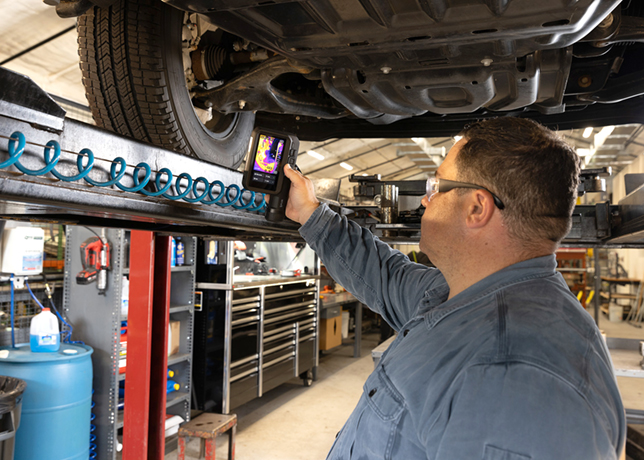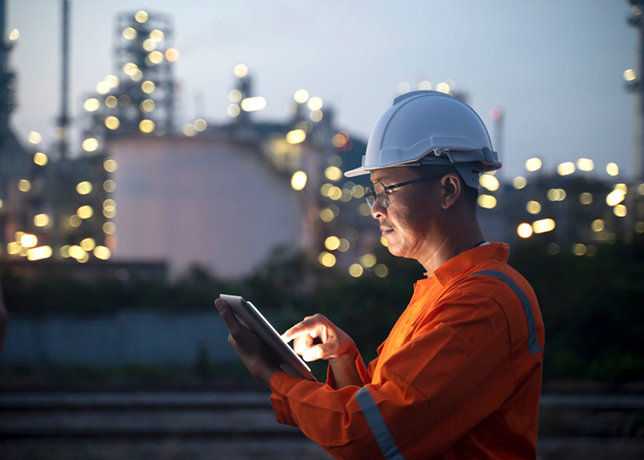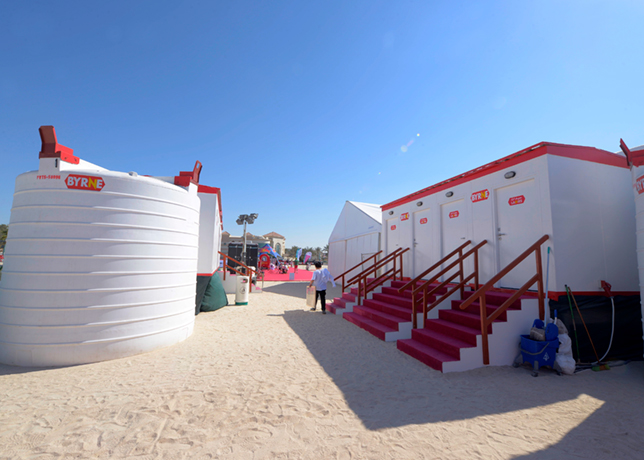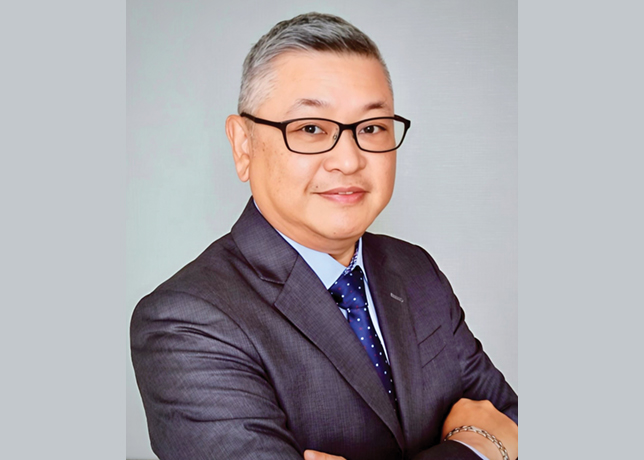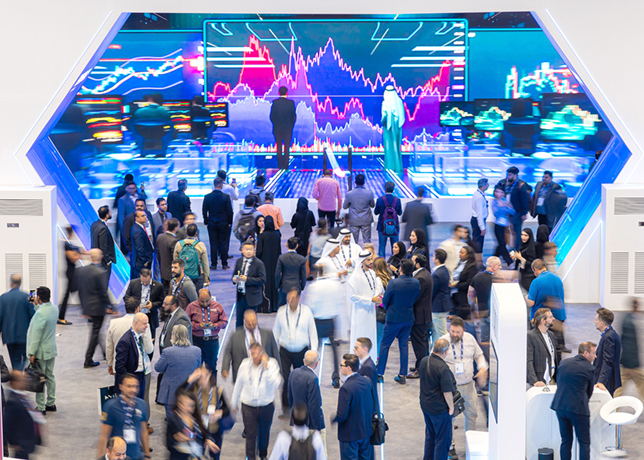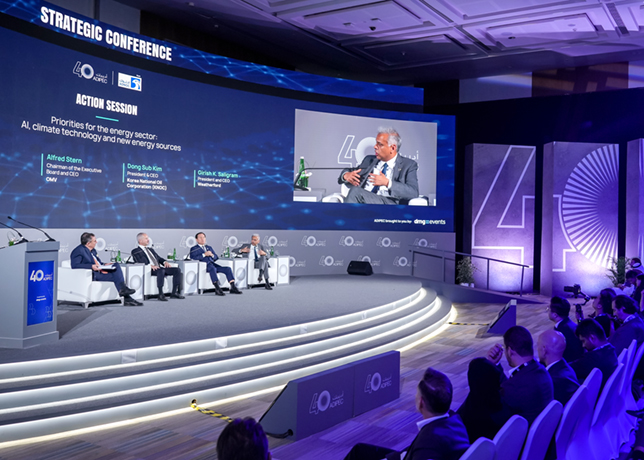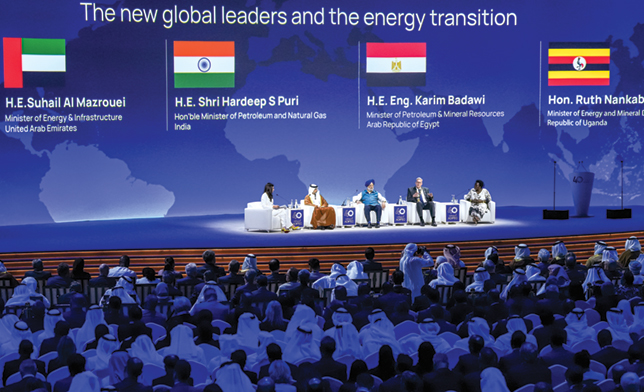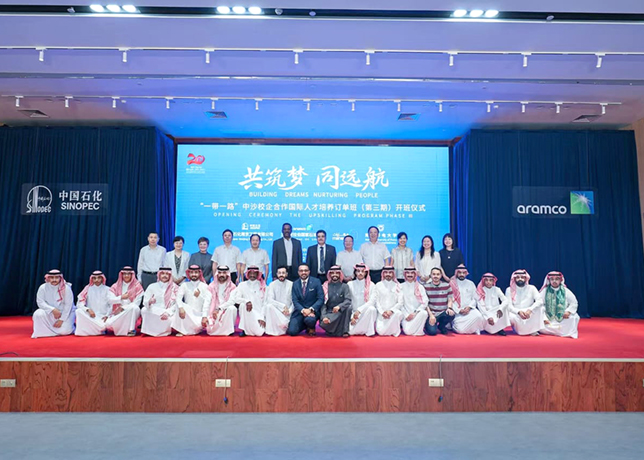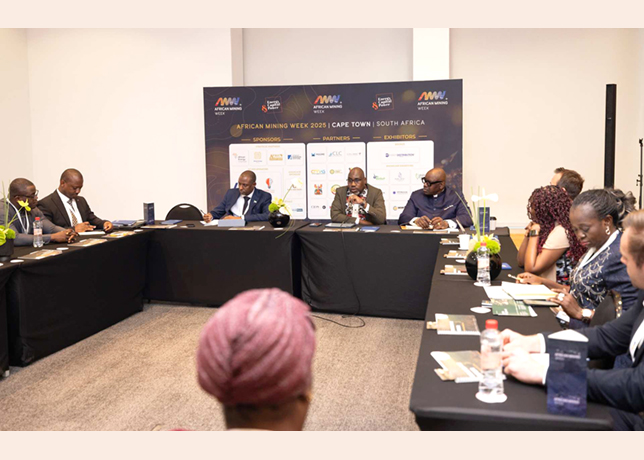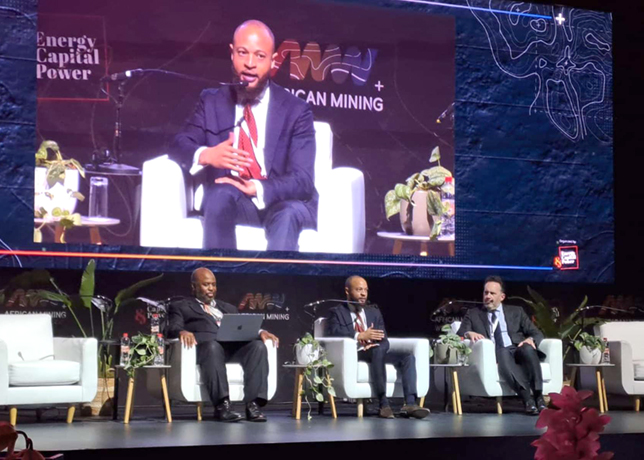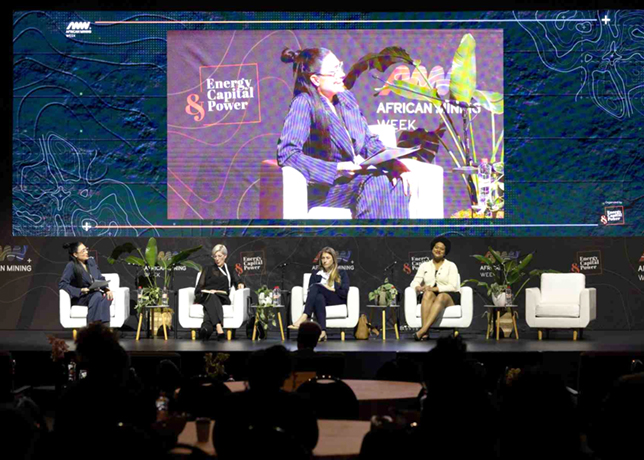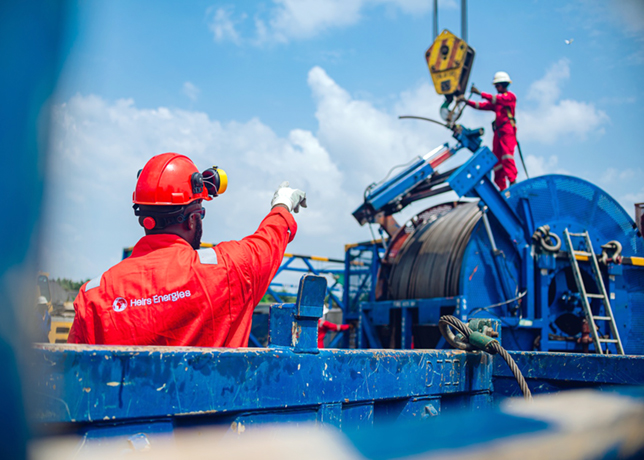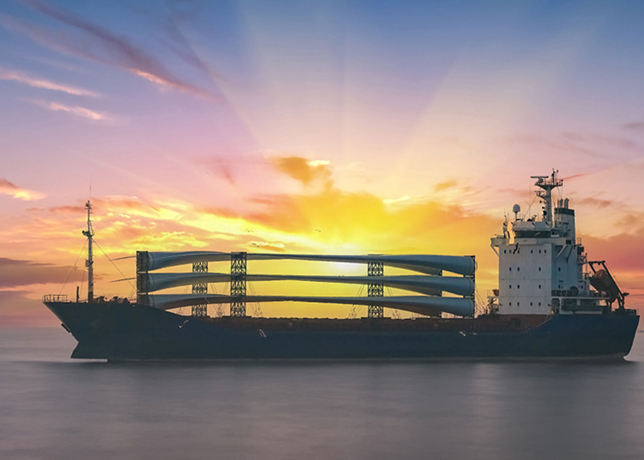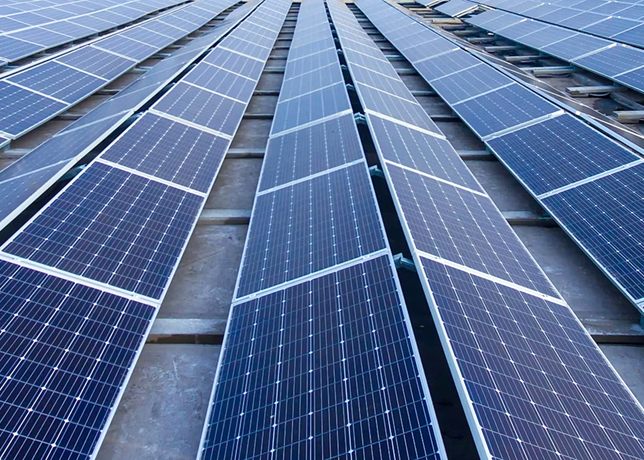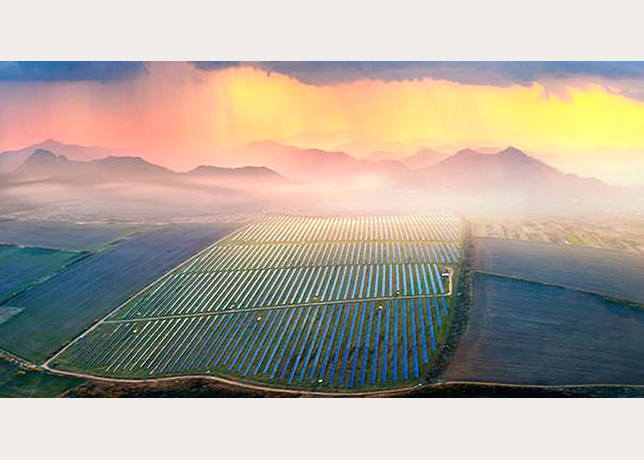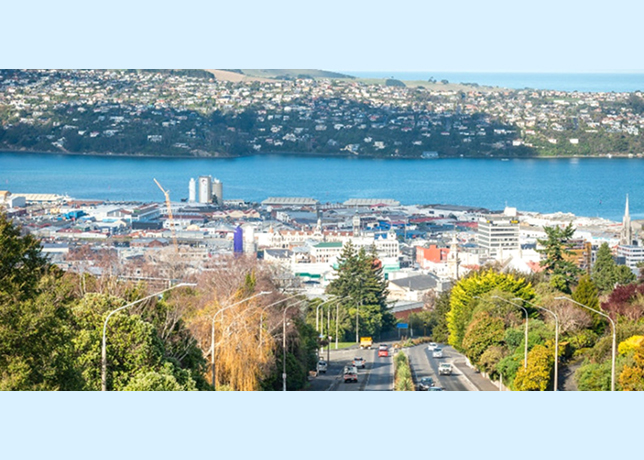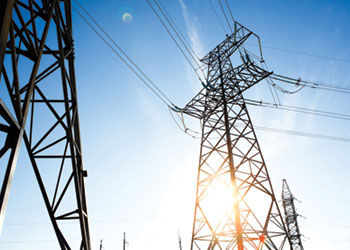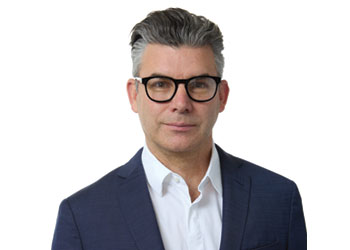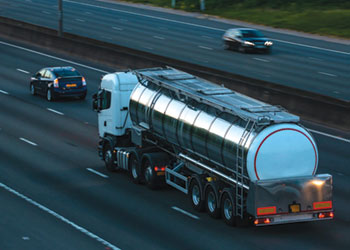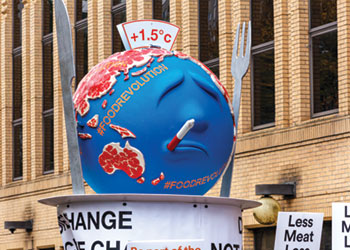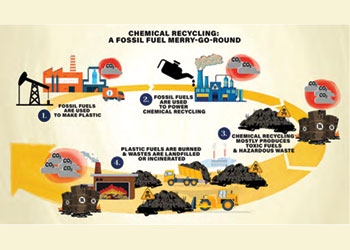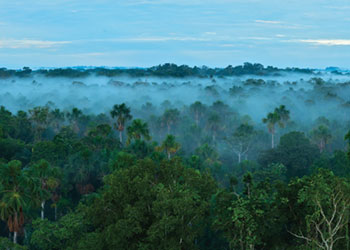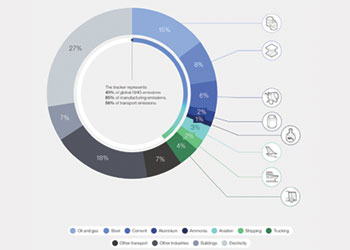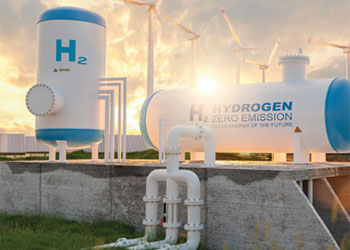
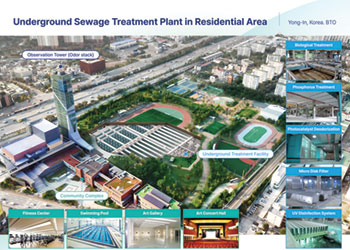 The Yongin Suji Respia STP sits underground with a community complex over the top
The Yongin Suji Respia STP sits underground with a community complex over the top
Samsung Engineering offers a complex environmental cluster model that contributes to a circular economy from a nuisance to a convenience for residents, Sangdeog Han from Samsung Engineering tells OGN
The history of modern sewerage in Korea is over a century old, and the current sewage coverage rate is over 95 per cent, which is already comparable to developed countries such as Germany and the UK.
However, as a pollution treatment facility, environmental facilities are still disliked and shunned by residents near treatment plants.
Especially in large cities, facilities suffer from a lack of maintenance and severe aging, resulting in constant odour complaints.
Additionally, many of the process facilities at current operating sites do not meet existing environmental regulations, which will only become increasingly stringent over time.
In addition, environmental facilities that used to be located on the outskirts of cities inevitably occupy a prime location in the city centre due to the development of the surrounding area and the expansion of the city.
Based on this background - the voices of residents against the unpleasant environmental facilities and the government's efforts to improve the environment and convenience of residents- the recent underground environmental complex is one of the inevitable answers.
Yongin Suji Respia is a sewage treatment plant located in Yongin City, Gyeonggi-do. It is a satellite city near Seoul with a population of nearly 1,100,000.
The development was prompted by the closure of the existing sewage treatment plant due to persistent odour complaints from residents who had moved in after the development of the new city.
The initial design of Suji Respia was no different from a typical sewage treatment plant exposed above ground, but due to persistent opposition from the residents, the government proposed a compromise: siting the treatment plant underground and developing a park and community complex over the top. This was the first of its kind in Korea.
Considering the location in the middle of Yongin's downtown area, as well as the complaints about odours that were the reason for the undergrounding, Suji Respia met very high standards for odour treatment.
 |
The Muharraq STP has its own sludge incineration facility |
In addition, by consolidating a total of 12 sewage treatment plants into four manned operations, Suji Respia is responsible for sewage treatment for the entire city of Yongin and contributes to the protection of the ecosystem of nearby rivers.
Undergrounding has since become an indispensable option for the modernisation of aging sewage treatment plants in urban centers in South Korea for the benefit of residents.
'The Suji Respia project, which met the needs of the client with its high technical capabilities, has become a remarkable project for us. Using the Suji Respia model as a springboard, we are developing a similar but more advanced environmental complex model in the nearby city of Seongnam,' Sangdeog Han, Executive Vice-President at Samsung Engineering tells OGN energy magazine.
The existing Seongnam Sewage Treatment Plant was built in 1992 and treats 460,000 tonnes of sewage per day for the entire city of Seongnam. However, due to its age, it has been receiving numerous odour complaints.
In response, the city plans to relocate the sewage treatment plant to a location about a kilometre away from the existing one and develop the site of the existing treatment plant into a residential and industrial complex.
The new facility is a multi-environmental complex that not only treats sewage but also food waste to produce biogas to promote the utilisation of renewable energy, and functions as a waste complex facility with a recycling sorting plant and a large waste treatment facility on a part of the ground.
In particular, the biological treatment process of the sewage treatment plant is an aerobic granular sequencing batch reactor (SBR) process that uses a fast sludge settling speed to significantly reduce the amount of land used, thereby reducing the high cost of undergrounding construction.
In sludge treatment, the thermal hydrolysis process can also be utilised to improve the efficiency of anaerobic digestion of sludge and improve dewatering rates.
As a result of these technological efforts, the quality of the treated sewage is improved and the amount of byproduct, sludge can be reduced by about 70 per cent.
'We expect the project to be remarkable as a complex facility that ultimately reduces carbon footprint, not only by reducing capex due to the application of new construction methods, but also by reducing opex due to the integrated operation of environmental facilities, minimising byproducts as an eco-friendly facility, and reducing greenhouse gas emissions through active utilisation of renewable energy,' says Han.
The Seongnam Environmental Complex is expected to begin construction in 2025, and upon completion in 2029, the project company will operate the facility for approximately 30 years.
So, are these underground environmental complexes the best solution in the Mena region?
'It's hard to say that undergrounding is the right answer in Mena, given the wide range of lands available and the high-water table in the region, unlike in Korea. It's a matter of choice - whether to maximise site utilisation at the expense of high construction difficulty and cost,' says Han.
However, environmental complexes are an essential solution in the Mena region and an essential direction for sustainable development not only in the region but also globally.
'Minimising byproducts and residues to eliminate environmental impacts, using them to contribute to renewable energy, and making the plants independent is something that even developed countries are striving to do, and the Muharraq Sewage Treatment Plant (STP) we developed in Bahrain is an example of this,' says Han.
Bahrain has been drying and landfilling the sludge that is essentially generated after sewage treatment, but the Muharraq STP is the first in Bahrain to have its own sludge incineration facility, which is then buried as fly ash.
Furthermore, Muharraq STP Company, the project company, is working with the Bahrain government, Ministry of Works, to find ways to utilise the fly ash.
In addition, waste heat from incineration is recovered and utilised in boilers, without utilising any additional boiler fuel.
'We believe that this model, which can also be applied to existing sewage treatment plants, is a green answer that can be applied directly and quickly in Mena region, and we are trying to develop a similar model,' Han concludes.
By Abdulaziz Khattak



